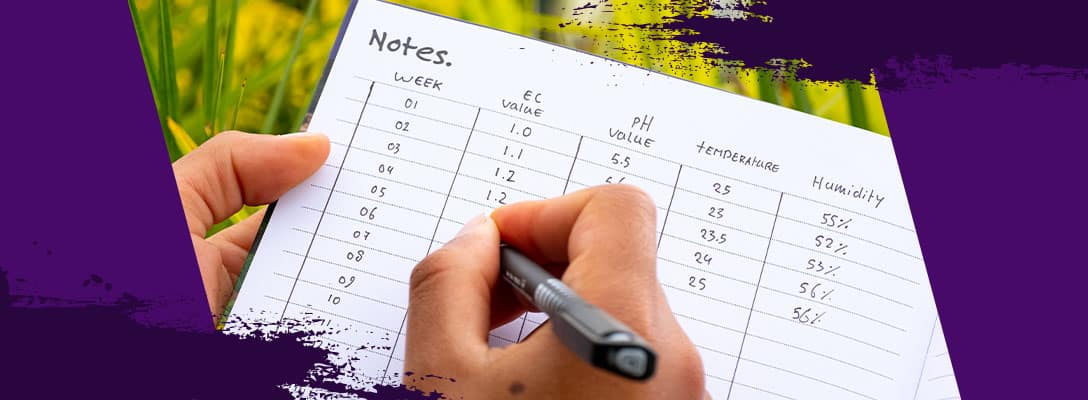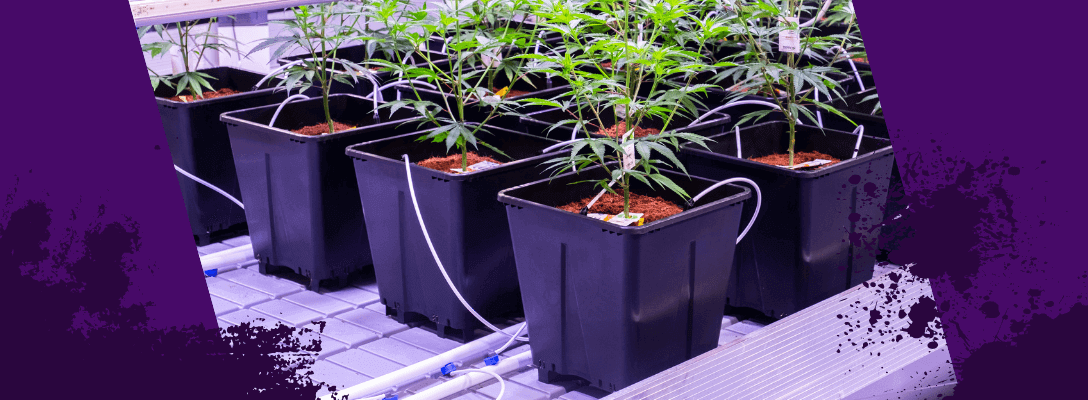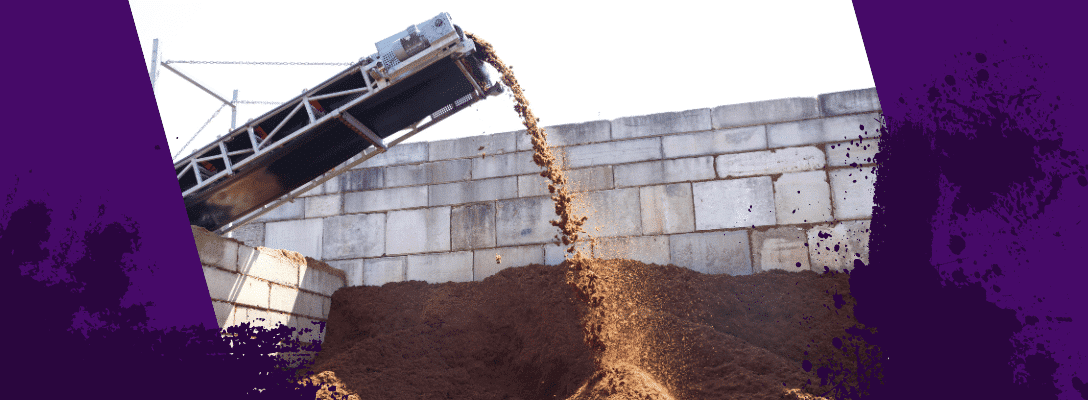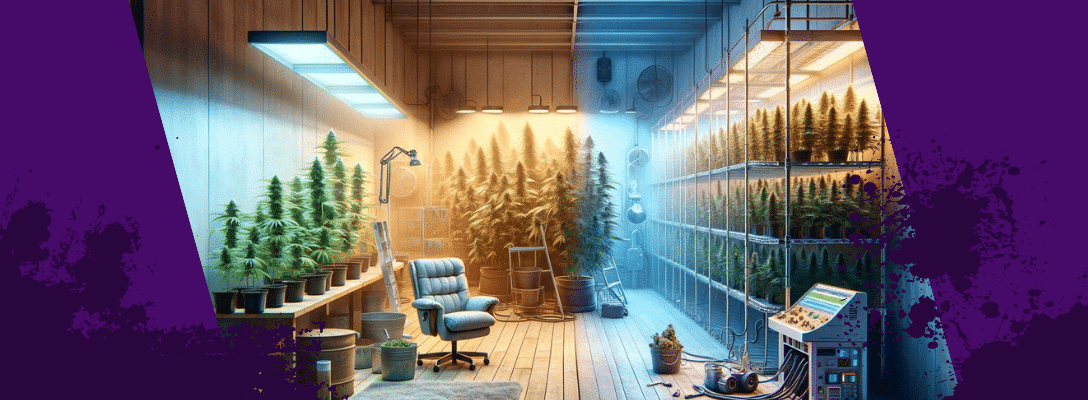Growing outdoors for beginners. Like every other hobby, growing plants has its own jargon. When you first start looking into growing methods, soil, pots and different types of nutrients, you get hit with a lot of terms. What is a substrate? Why does it have an EC value and what do these numbers mean to you? Below, we’ll give you the most important basic definitions.

Substrate
The medium that you grow your plants in. This can be a soil or peat based substrate, but there are alternatives based on coconut fibers or clay pebbles. A beginning grower is generally will served by a pre-fertilized soil substrate. This means you don’t have to use nutrients in the first weeks and the soil structure is already good.
NPK
This abbreviation is made up of the elemental name for nitrogen (N), phosphorus (P) and potassium (K). Plants need these elements to grow and flower, but they require them in different combinations and amounts throughout their lives.
That is why fertilizer products always show an NPK value. This gives you a picture of the combination of the nutrients. Extra phosphorus and potassium are always important during flowering.
EC value
The term ‘EC’ is short for electro conductivity. Water conducts electricity more effectively if there are more salts in the water. These salts, also known as electrolytes, are contained in basic plant nutrition. So EC value also expresses the concentration of nutrients in your nutrient solution. EC values are expressed in micro- or milli-Siemens per centimeter. You can measure this with an EC meter in water, but measuring the EC in the soil is more difficult. Soil retains part of the nutrients and you will have to perform an extraction of a sample. More on this method later. Every Plagron growing style has its’ own recommended EC values. You can find these in the Grow Schedules.
PH value
The pH value is used to express the acidity of soil or water. It’s an important value to be aware of, since each species of plant has a minimum of maximum acidity that it’s comfortable with. Soil can be acidic, pH neutral or chalky. The acidity of the soil is determined by the presence of chalk in the ground. Sandy and peaty soils are usually more acidic than clay, because there’s less chalk in them. The pH value is expressed in a rising scale, which runs from pH 1 to pH 14. PH 1 is extremely acidic and irritating and pH 7 is completely neutral. A pH value that’s too low will inhibit the nutrient uptake of the plant. Each element is optimally absorbed within a certain range of pH. Outside of that range, these nutrients will be taken up less effectively or not at all.
Grow phase
After it’s time as a seedling, this is the first life phase your plant goes through. If you cultivate indoors and ensure enough (artificial) light and good nutrition, the grow phase will only last a few weeks. Outdoors, this will take longer. During the grow phase, plants create more root branchings and most of the green parts that are above ground.
Flowering phase
Once the days get shorter and daylight hours lessen, plants will flower and form fruit. Essentially, this is a procreation mechanic. The shortening days mean that winter is coming and it’s time to create flowers and fruit so the next generation of plants can be spread. For you as a grower, it means a nice harvest!





